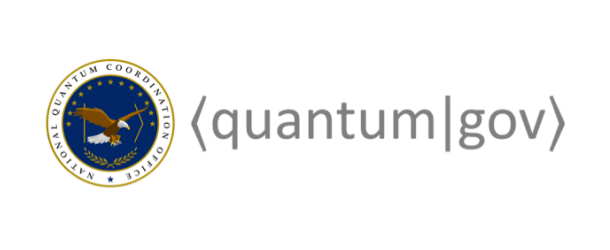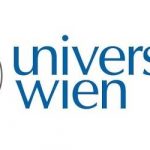REPORT: Bringing Quantum Sensors to Fruition

(Quantum.gov) A report by the subcommittee on quantum information science committee on science of the national science and technology council has issued the report ‘Bringing Quantum Sensors to Fruition” in PDF form. Inside Quantum Technology provides the executive summary below. Interested professionals will want to review the complete 22-page document.
BRINGING QUANTUM SENSORS TO FRUITION
Executive Summary
Quantum sensors and measurement devices provide accuracy, stability, and new capabilities that offer advantages for commercial, government, and scientific applications. Examples such as atomic clocks for Global Positioning System (GPS) navigation, and nuclear spin control for magnetic resonance imaging (MRI) are widely used already, with transformative impacts for society.
In the near future, Quantum Information Science and Technology (QIST) can enable a new generation of similarly transformative sensors. Furthermore, this process can be accelerated if concerted efforts are prioritized as a part of the National Quantum Initiative (NQI).
Several challenges must be overcome to transition QIST-based sensors from the lab to market and into various mission spaces. Cooperation among industry, academia, and U.S. departments and agencies (hereinafter agencies) can facilitate the requisite science and engineering, especially if a shared vision and mutually beneficial goals are identified. Appropriate partnerships can catalyze progress by linking researchers with potential end users to co-design and field-test prototypes. To this end, recommendations are presented here to coordinate research and development (R&D) and facilitate fruitful applications for quantum sensors.
The National Science and Technology Council Subcommittee on Quantum Information Science should leverage its interagency working groups to facilitate the appropriate implementation of the following recommendations:
1. Agencies leading QIST R&D should accelerate the development of new quantum sensing approaches and prioritize appropriate partnerships with end users to elevate the technology readiness of new quantum sensors.
2. Agencies that use sensors should conduct feasibility studies and jointly test quantum prototypes with QIST R&D leaders to identify promising technologies and to focus on quantum sensors that address their agency mission.
3. Agencies that support engineering R&D should develop broadly applicable components and subsystems, such as compact reliable lasers and integrated optics, to facilitate the development of quantum technologies and promote economies of scale.
4. Agencies should streamline technology transfer and acquisition practices to encourage the development and early adoption of quantum sensor technologies.
These recommendations augment the U.S. strategy for QIST by building upon the National Strategic Overview for Quantum Information Science and the NQI Act. The long-term goal is to promote economic opportunities, security applications, and the progress of science through the development of quantumtechnologies. In the near- to mid-term, i.e., the next 1-8 years, acting on these recommendations will accelerate key developments needed to bring quantum sensors to fruition. Collaborations between QIST R&D leaders (technology producers) and potential users will stimulate discussions and the field testing of devices. End users in agencies such as NIH, DHS, USDA, NOAA, NASA, DOD, and USGS can engage in appropriate efforts to apply QIST devices that were created with initial support from NIST, NSF, DOE, DOD, or NASA.
Then, as value propositions and priorities evolve, coordination can spur R&D on key components, such as laser systems, integrated optics, and other cross-cutting and enabling technologies. Advances in quantum sensing components may also aid in the development of quantum computing and networking capabilities, for example, with chip-scale atomic processors. At the same time, translation of QIST research into marketable products and services can benefit from innovation-friendly practices and a robust technology transfer ecosystem.





















